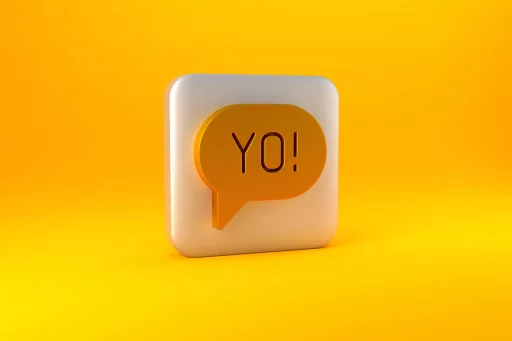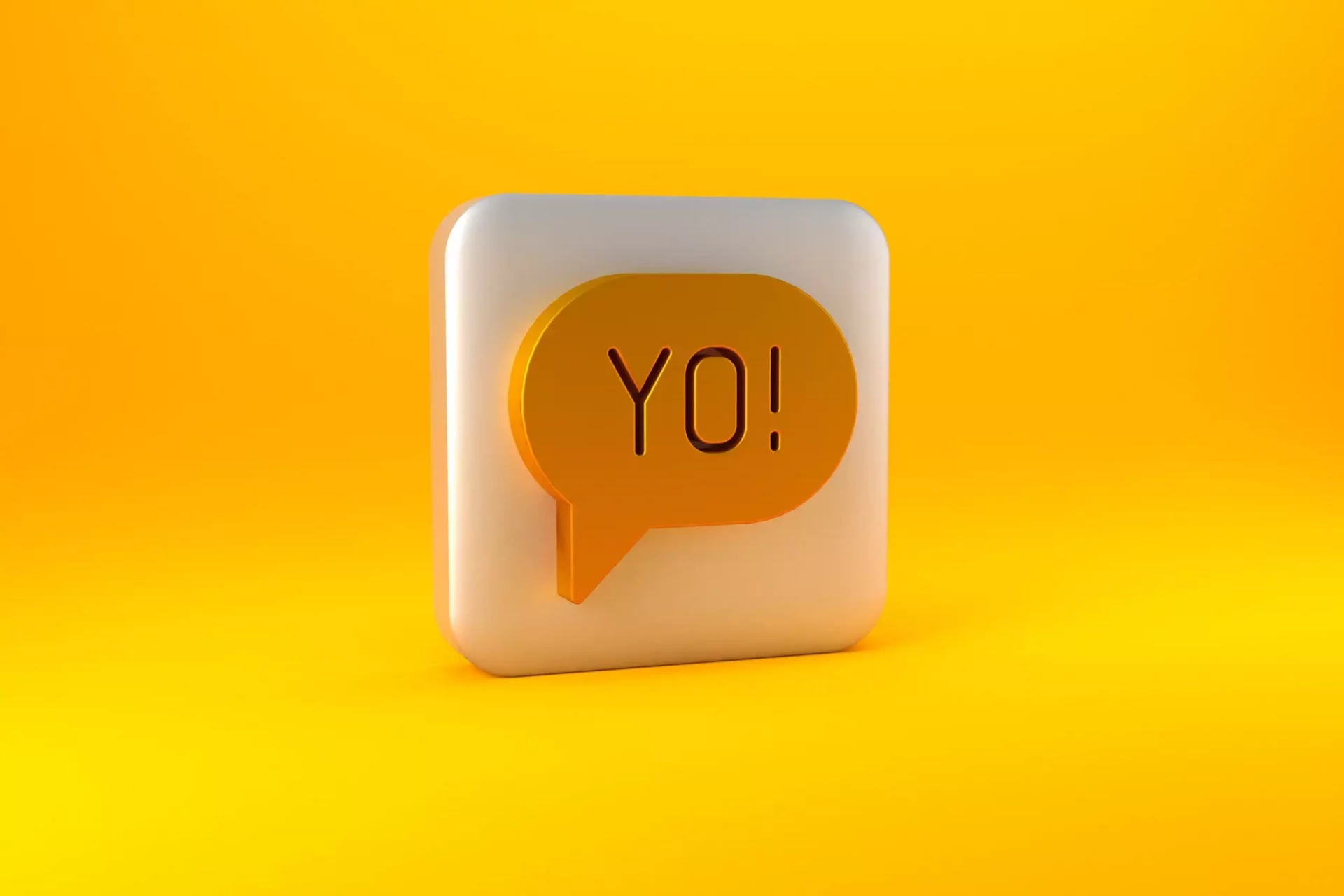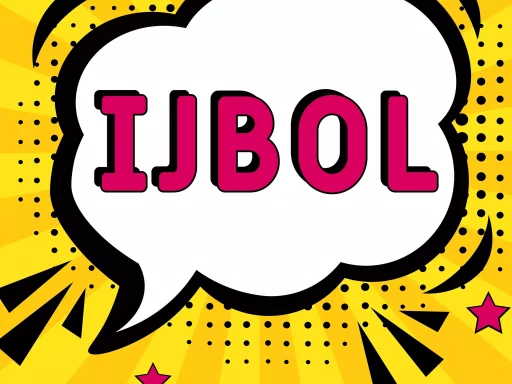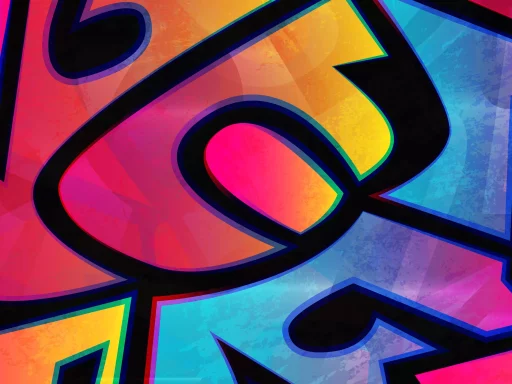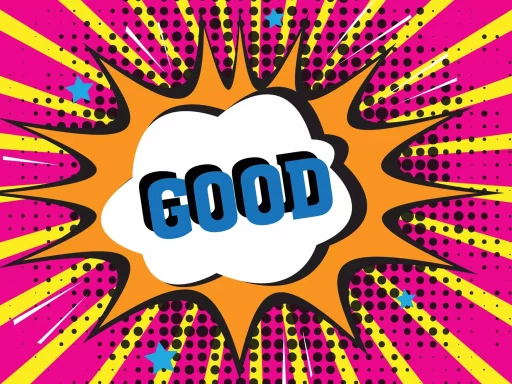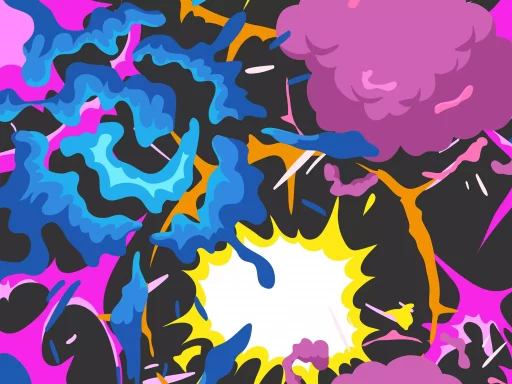Understanding OTP in Text Slang
In today’s digital age, communication has evolved, and with it, a plethora of text slangs have emerged. One such acronym that has become increasingly popular is OTP, which stands for “One True Pairing.” Initially coined in fandoms, OTP has transcended its original meaning and found its place in everyday conversational language, especially among younger generations.
The Origin of OTP
The term One True Pairing was first used in fan fiction communities to describe the relationship between two characters that fans believed were perfect for each other. This could apply to fictional couples from movies, TV shows, or books. For example, fans of the popular TV show Harry Potter might refer to Harry and Hermione as their OTP, expressing their belief that this couple should have ended up together.
Evolution of OTP in Communication
While OTP’s roots are in fan culture, its usage has expanded beyond just fictional pairings. Today, people use OTP in everyday conversations to express strong affection or preference for a couple they adore, whether it’s a celebrity pair, a friend and their significant other, or even two fictional characters.
Common Uses of OTP
Here are some examples of how OTP is used in everyday text conversations:
- Celebrity Couples: “I love Justin and Hailey as an OTP!”
- Friends’ Relationships: “I ship Sarah and Mike; they are totally OTP!”
- Fandom Discussions: “In the latest episode, those two became my new OTP!”
Statistics and Demographics
According to recent studies, the use of text slang, including OTP, has significantly increased among younger demographics:
- Over 70% of individuals aged 13-24 report using slang terms like OTP in their daily conversations.
- Among social media platforms, Twitter and TikTok show a notable increase in the use of the term, particularly in discussions around relationships and fandoms.
- Many users also utilize OTP in memes and TikTok videos, further amplifying its reach.
Case Study: The Impact of OTP on Social Media
To illustrate the impact of OTP, consider a case study involving the couple Shawn Mendes and Camila Cabello. Their relationship sparked widespread engagement on various platforms, with fans declaring them as their OTP. The couple often shared moments on Instagram, and their interactions became a subject of countless memes and discussions.
Reports from social media analytics show spikes in hashtags like #ShawnMilaOTP, leading to millions of engagements worldwide. This demonstrates how OTP can not only reflect personal sentiment but also create a collective fan culture around couples.
The Future of Text Slang: OTP and Beyond
As communication trends evolve, so too will the interpretations and applications of OTP. The nature of fandoms continues to grow, with new shows and movies constantly emerging, prompting the next generation to adopt and adapt language in innovative ways. We can anticipate even more acronyms and slang terms to arise from popular culture, potentially redefining the digital lexicon as we know it.
Conclusion
In summary, OTP has rapidly become a staple within digital communication, blending the lines between affection, fandom, and social interaction. Whether you’re a part of a fandom or simply discussing your favorite couple, understanding the meaning of OTP can enhance your communication experience. So next time you come across this term, remember its roots and how it has beautifully bridged connections among people from various walks of life.
